SMALL SPACE GARDENING: Composting directly in the garden
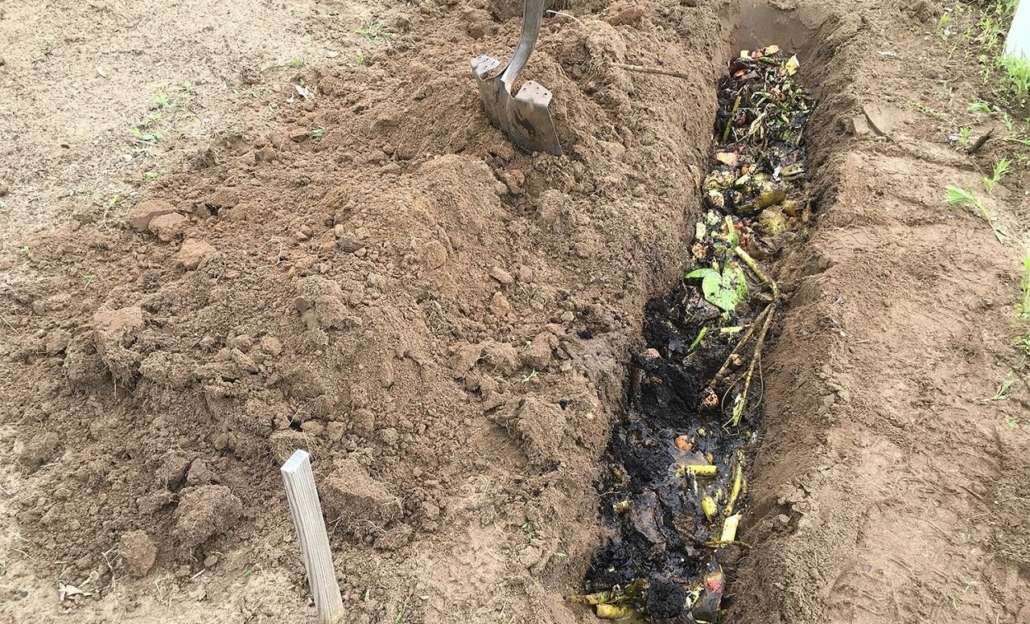
Trench composting, a centuries old technique, is low maintenance, effective, eliminates the need to turn piles of plant debris, requires minimal space, and doesn’t smell. (photo courtesy of MelindaMyers.com)
 by Melinda Myers
by Melinda Myers
Trench composting: An old tried and true method
Don’t toss those imperfect lettuce leaves, onion tops and strawberry tops into the trash. Instead, convert them into compost right in the garden.
Worm and pile composting are great ways to manage these scraps. But if these methods aren’t for you, try trench composting. This centuries old technique is low effort and effective. The process is basically invisible, eliminates the need to turn a pile of plant debris, requires minimal space and doesn’t smell.
Simply dig a 12-inch-deep trench between the rows of vegetables, in the pathway, or in any vacant spot in the garden. Be careful not to damage the plant roots. Add about four to six inches of kitchen scraps, mix with soil and cover with at least eight inches of soil that you removed from the hole. Covering with this much soil helps prevent animals from digging. Repeat until the trench is filled with plant debris and covered in soil.
Just like other composting methods, use plant-based materials only. Do not add meat, dairy and fat that can attract animals and rodents. And this is no place for perennial weeds like quackgrass, annual weeds gone to seed, or invasive plants that can survive the composting and take over the garden.
You can also trench compost one hole at a time. Just dig a hole in a vacant space in the garden, toss in the materials, mix, and cover with soil. I grew up with this method. After dinner or once we had a bowl full of kitchen scraps, we were sent to the garden to dig a hole, dump, and cover.
For those that want to rotate plantings as well as compost, you may want to try one of these two methods. Plant in wide rows and trench compost in the pathway. Next year, move the garden to the path location and make last year’s garden the path. You will be rotating your plantings while improving the soil.
Or designate separate adjacent areas for planting, paths, and composting. Next year, rotate so last year’s composting area becomes garden, the garden becomes the path, and the path is the new section for trench composting. In three years, you will have rotated crops and improved the soil in all three areas.
Start by contacting your local municipality to make sure there are no restrictions on any type of composting. Then get out the shovel and dig your way to healthier soil and a more productive garden.
Melinda Myers has written more than 20 gardening books, including the recently released Midwest Gardener’s Handbook, 2nd Edition and Small Space Gardening. She hosts The Great Courses “How to Grow Anything” DVD instant video series and the nationally syndicated Melinda’s Garden Moment TV & radio program. Myers is a columnist and contributing editor for Birds & Blooms magazine and her website is www.MelindaMyers.com.


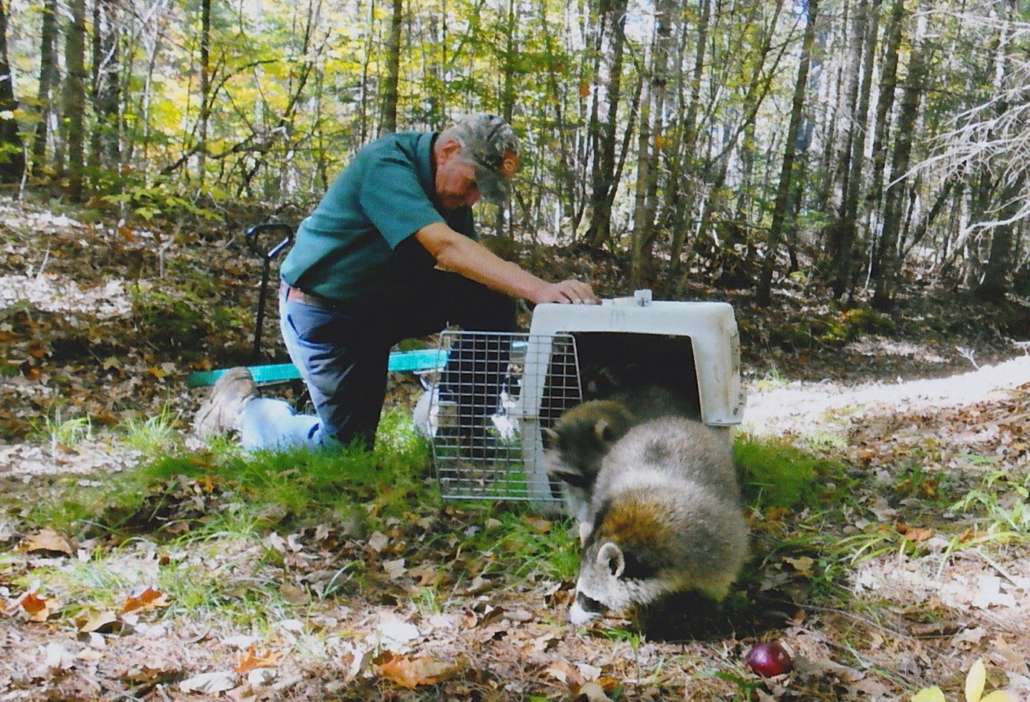

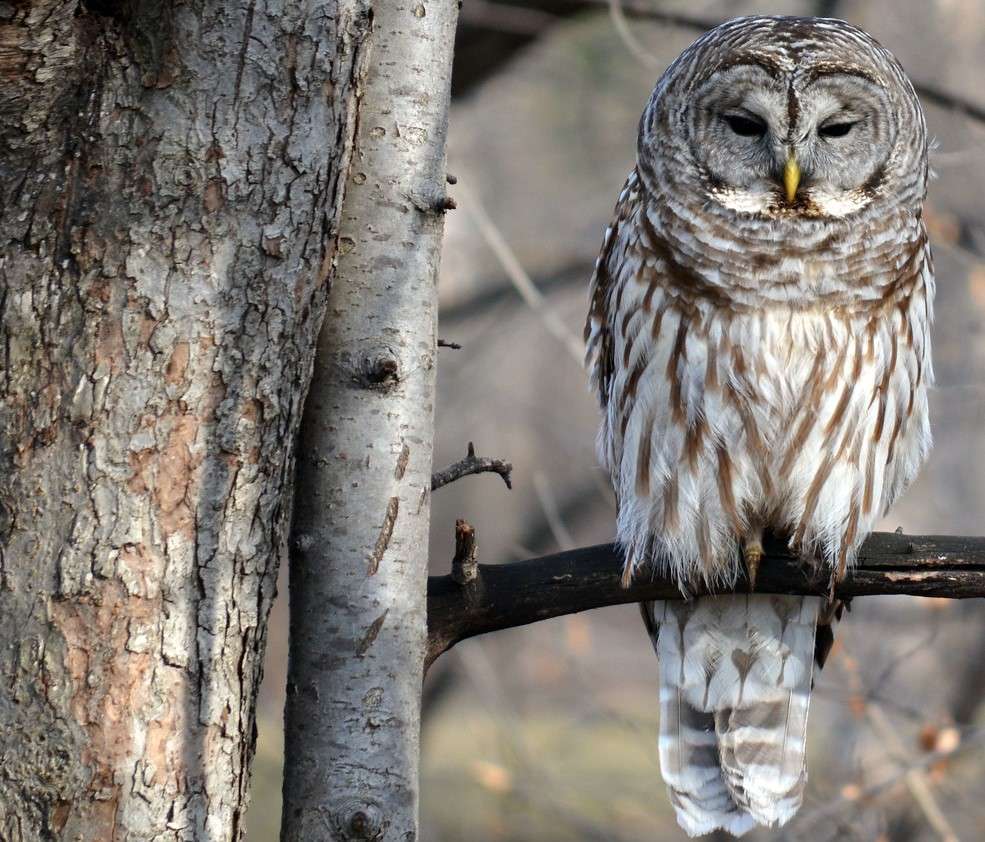






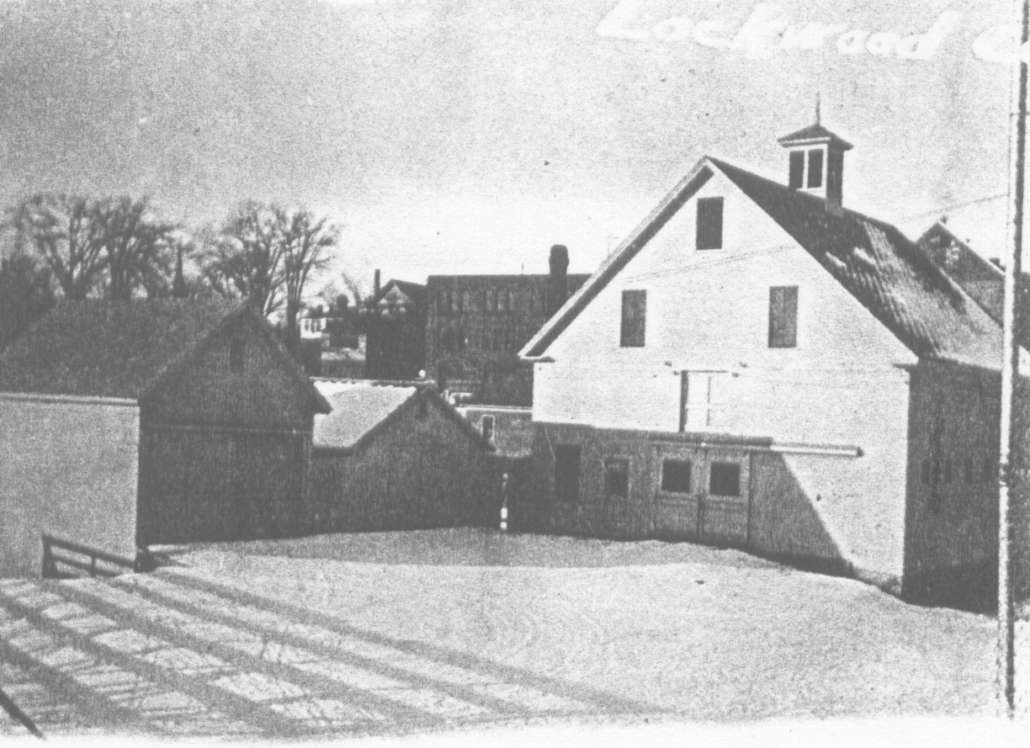


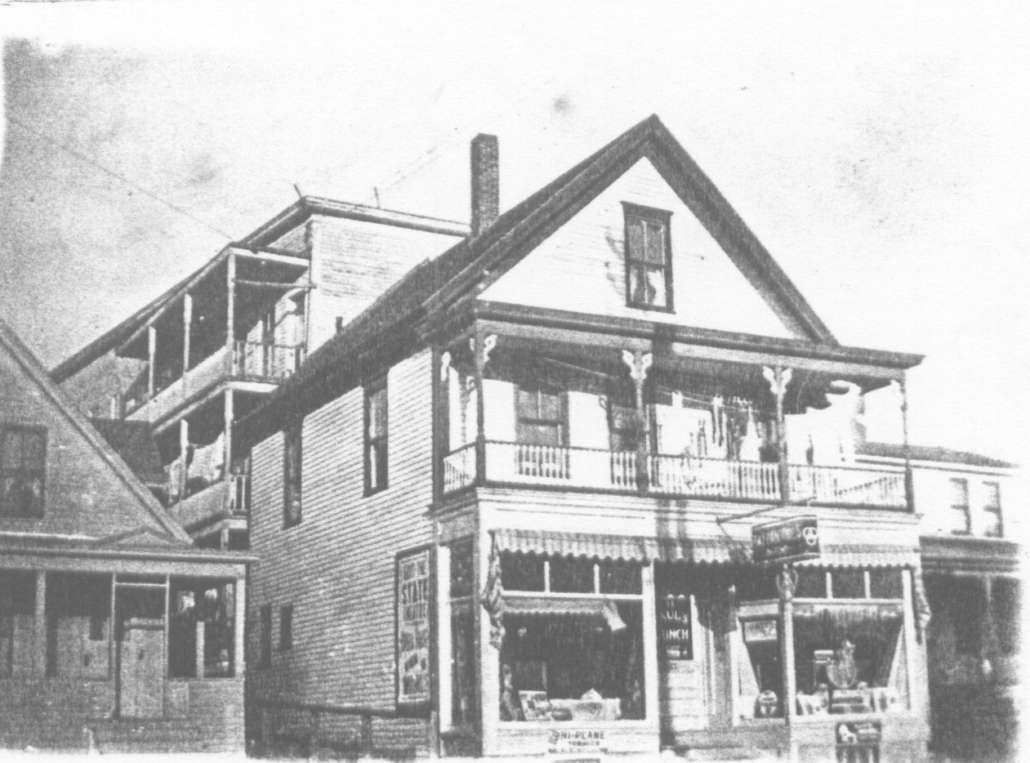
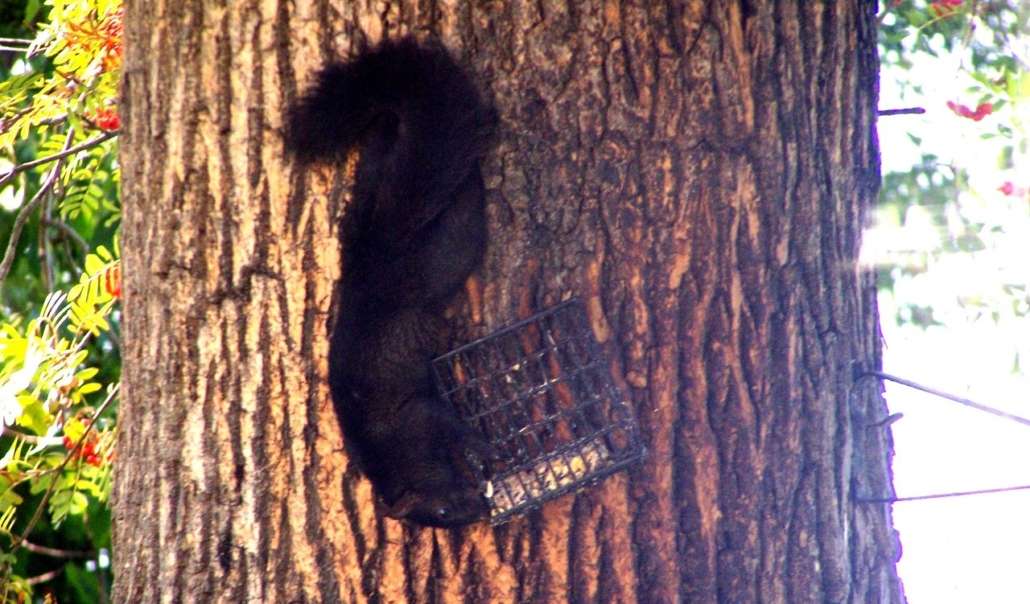
 Flu shots are available at CVS Pharmacy and MinuteClinic locations nationwide
Flu shots are available at CVS Pharmacy and MinuteClinic locations nationwide